In a bad attempt at satire, I recently toyed with pitching a curatorial idea to Tate Modern. The plan was to bring together the laziest, most self-parodic works ever created by major artists under the title: ‘Flogging It: When Good Artists Go Bad’. I reckon you start with Warhol’s ‘70s hackwork, and maybe end with a recreation of Damien Hirst’s 2008 show at the Wallace Collection. It would be art history’s most perverse curatorial conceit: to shove rubbish work in the public’s face, along with an earnest exhibition text explaining why it deserved our ridicule or reappraisal.
Well, Tate has come up with worse, hasn’t it?
But then something weird happened to me. I was invited to a private view at a gallery in Mayfair, and having nothing particularly better to do, I went along having completely ignored the press information I received about the show.
Even with minimal expectations, I was surprised by how rubbish this show was. I found myself grimacing at some poor graduate’s glossy riff on a Damien Hirst spot painting, before shifting sideways to smirk at a shiny, Jeff Koons-ish bauble affixed to a bad approximation of a picaresque Goya.
I felt an odd chill run up my neck as I elbowed my way around the gallery, ever more annoyed: more or less every blue chip ironist of the past 25 years seemed to have suffered this sort of pastiche. I picked up a press release to ensure I hadn’t been duped by some Sturtevantian ruse, and my jaw dropped.
This was the real deal: fourth-rate works by platinum graded artists. The only thing they hadn’t taken from my fantasy curatorial project was the point: this was, unfortunately, in earnest. And were it not for the shock I got on discovering this, I would unhesitatingly nominate it the most boring show I’ve seen in a London commercial gallery this decade. And yes, I am factoring Marc Quinn’s The Toxic Sublime into this equation. The gallery will remain nameless, (you know who you are) but the memories, alas, will stay with me.
*
Exasperated, I moved on to Alan Cristea for the launch of a show on Naum Gabo’s prints (until 12 March). After the staggering lack of nuance I’d just witnessed, this took some adjusting to. But the delicate beauty of these works is undeniable: how the simplicity of curved lines on roughly printed backgrounds can be so arresting, I don’t know. Gabo, it turns out, was initially hostile to suggestions that he experiment with printmaking, telling his dealer that he didn’t have the kit to do so. ‘Use anything – a table leg, toilet paper,’ came the response.
So that’s exactly what he did. Incredibly, the results survive and are on display here. If you get the chance, go.
*
Elsewhere, I loved John Akomfrah’s films at the Lisson (until 12 March), Michael Joo’s monolithic offerings at Blain|Southern (until 9 April) and Andreas Eriksson’s Diebenkorn-esque paintings and tapestries at Stephen Friedman. An honourable mention – the show has now closed – goes to Hauser + Wirth’s barmy Fabio Mauri extravaganza.
However, the only exhibition I’ve seen that genuinely shook me to the core was Richard Saltoun’s display of the work photographer Jo Spence produced before her death. When Spence was diagnosed with leukaemia in 1991, she quite understandably sunk into what she described as a ‘suicidal depression.’ Given just months to live, anyone could be forgiven for abandoning the will to continue, but Spence resolved to work her way through to the end.
‘How do you make leukemia visible?’ Spence asked, ‘well, how do you? It’s an impossibility’. Indeed, for all art’s attempts to tackle mortality, it makes us shiver but rarely articulates quite what it must be like to confront oblivion head on. Spence took inspiration from cultures that embrace death as a release, but never lost her realistic footing. The tone ranges from the pastoral to the unremittingly bleak. Sometimes she even summons the power of humour: a text titled ‘HOUSEHOLD INSTRUCTIONS FOR VISITORS’ includes requests such as ‘don’t tell me about the last six illnesses your auntie had’ and a request to remember that ‘I am not “courageous” or “inspiring” or “brave”.’ Posthumously, it seems she is also giving us instruction as how to interpret the work here.
Her bluntly titled Final Project, then, represents Spence’s sole raison d’etre for the last two years of her life. ‘Harrowing’ doesn’t come close. Bit by bit, the disease robbed her of her strength, yet still she continued working. What we see here cannot be considered independently of context, nor should it. For my money, it’s one of the most profoundly affecting bodies of work of the past quarter century.
Unlimited access from just $16 every 3 months
Subscribe to get unlimited and exclusive access to the top art stories, interviews and exhibition reviews.

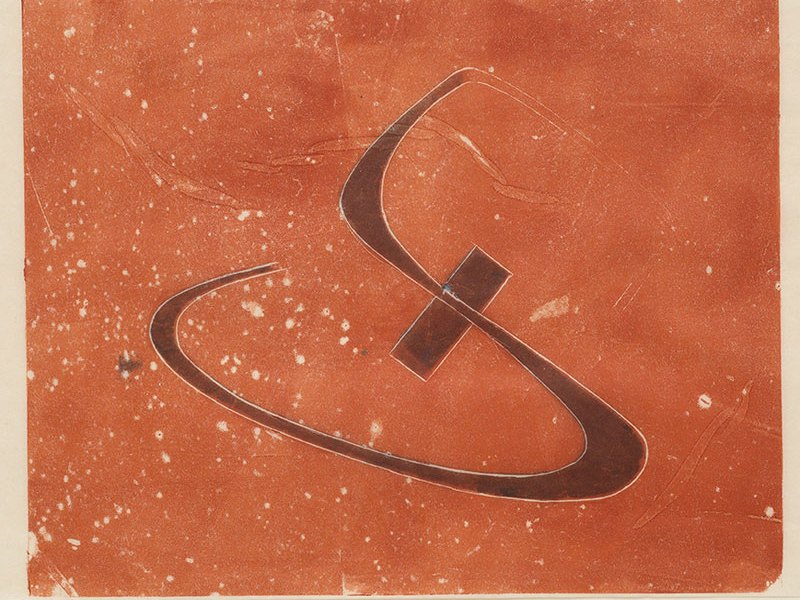
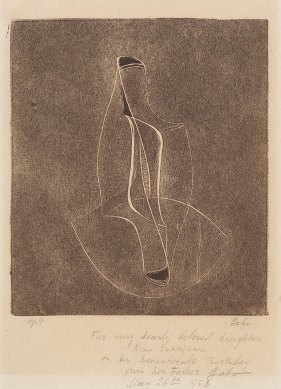
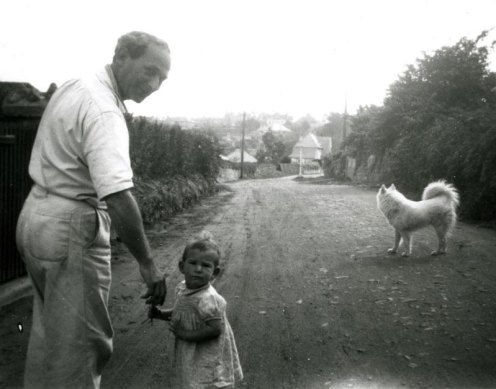
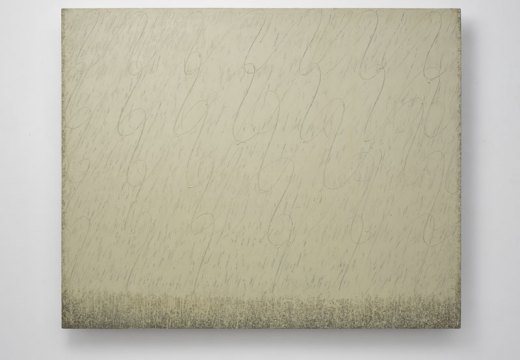
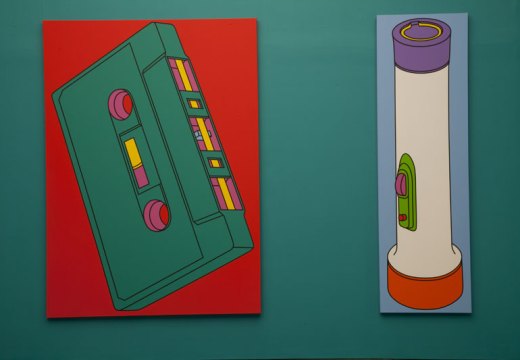
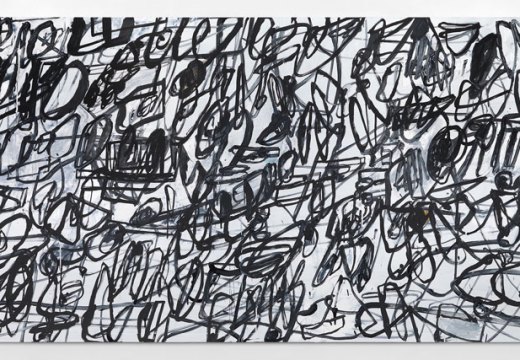









![Masterpiece [Re]discovery 2022. Photo: Ben Fisher Photography, courtesy of Masterpiece London](http://www.apollo-magazine.com/wp-content/uploads/2022/07/MPL2022_4263.jpg)
It’s time for the government of London to return to its rightful home